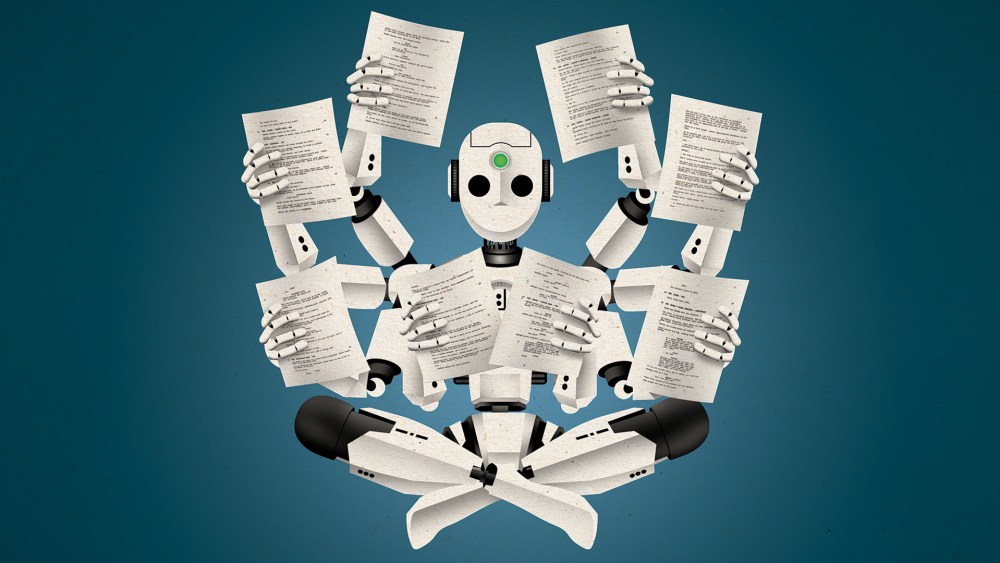The Rise of AI in Script Coverage
Morris Chapdelaine, an indie producer, often finds himself overwhelmed by a stack of scripts on his desk. He typically reads around three scripts weekly and delegates the rest to interns and film students who provide detailed coverage reports. Despite this system, he struggles to keep up with the volume of material.
At a film festival, friends encouraged him to explore artificial intelligence as a potential remedy for his workload. “I was initially wary of AI,” he admits. “Some aspects of it concern me.” However, following some research, Chapdelaine decided to try Greenlight Coverage, an AI tool that uses large language models to summarize scripts and assess various elements, such as plot, character development, pacing, and dialogue, with numerical ratings. It even categorizes scripts with verdicts like Pass, Consider, or Recommend.
Chapdelaine found that the AI provided more straightforward feedback than human reviewers—sometimes even better than his own—and it effectively doubled his reading speed. “It’s a significant time saver,” he states. “And it’s continually improving.” AI’s proficiency in summarizing written content suggests that the initial stages of script evaluation may be particularly susceptible to automation, potentially displacing traditional script readers.
AI is already being integrated into industry workflows. For example, agents and assistants at WME utilize ScriptSense to manage submissions and track client projects. New screenwriters are adopting AI tools like ScreenplayIQ and Greenlight to receive feedback, which can sometimes be overly positive regarding their drafts. Meanwhile, human story analysts continue their longstanding tradition of sifting through submissions, leading to concerns about job security as AI becomes more prevalent.
Jason Hallock, a story analyst at Paramount, remembers the unsettling feeling of experimenting with ChatGPT and questioning how quickly he might be replaced. Partnering with the Editors Guild, he designed an experiment to compare AI-generated coverage with that produced by humans, to evaluate whether story analysts could maintain their relevance.
The results were mixed: while AI-generated loglines were often indistinguishable from human-written ones, the summaries did not exhibit the same level of nuance. Hallock found that AI struggled particularly with complex scripts, often misattributing character actions or hallucinating plot details. The human analysts consistently outperformed AI when it came to providing nuanced notes and identifying weaknesses in scripts.
Despite the efficiency and speed offered by AI, analysts remain unconvinced that these tools can truly replace human insight. With concerns about job security looming, many are adapting to incorporate AI into their workflows rather than rejecting it outright. The musicians argue that while AI can assist, it lacks the depth of understanding and emotional resonance provided by human readers. As Hollywood continues to evolve, the challenge will be balancing the efficiency of AI with the invaluable intuition of experienced analysts.



